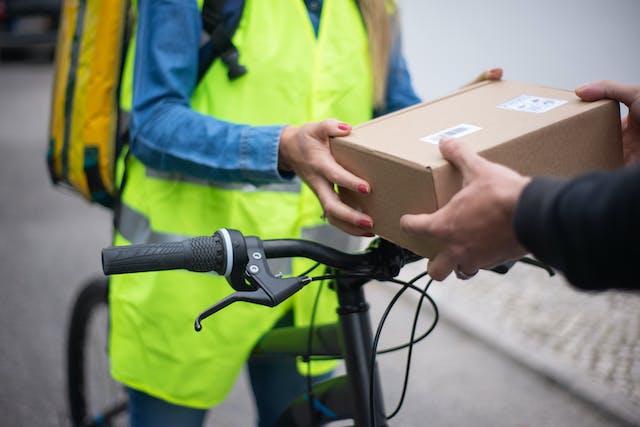In today’s fast-paced world, convenience has become a prized commodity. The demand for services that save time and effort has led to the widespread popularity of pick up and delivery services. Whether it’s a hot meal, a package, or groceries, these services have become an integral part of our daily lives, reshaping the way we approach errands and tasks. In this blog, we’ll explore the evolution of pick-up and delivery services, the industries they’ve transformed, and the impact they’ve had on our lives.
The Evolution of Pick-Up and Delivery Services:
The concept of pick-up and delivery services has been around for decades, but recent technological advancements have taken these services to new heights. The rise of smartphones and mobile apps has allowed businesses to streamline their operations and offer customers a seamless experience. Today, a few taps on a screen can summon a driver to pick up anything from a gourmet meal to a wardrobe essential.
Industries Transformed:
- Food Delivery: The food industry has experienced a significant shift with the advent of food delivery services. From local restaurants to global chains, establishments are partnering with these services to reach a broader customer base. This has not only increased revenue for restaurants but has also given consumers access to a diverse range of culinary options without leaving the comfort of their homes.
- E-Commerce: The retail landscape has undergone a massive transformation with the rise of e-commerce platforms. Pick-up and delivery services have become the backbone of online shopping, allowing customers to receive their orders at their doorstep promptly. This has not only changed the way we shop but has also influenced how businesses manage their supply chains and logistics.
- Grocery Delivery: Grocery shopping, once a time-consuming task, has become more convenient with the emergence of grocery delivery services. Customers can now order their weekly groceries online and have them delivered to their homes, eliminating the need to navigate crowded aisles and wait in long checkout lines.
- Courier and Package Delivery: The courier industry has also witnessed a revolution with the rise of on-demand delivery services. From important documents to packages of all sizes, these services provide a fast and efficient way to send and receive items, catering to the needs of businesses and individuals alike.
The Impact on Our Lives:
- Time-Saving: Perhaps the most significant impact of pick-up and delivery services is the time they save. People can reclaim hours that would have been spent commuting, waiting in lines, or searching for parking. This time can be redirected towards more meaningful activities, whether it’s spending time with family, pursuing hobbies, or focusing on work.
- Accessibility: These services have also increased accessibility, especially for individuals with mobility issues or those living in remote areas. Access to a wide range of products and services is no longer limited by geographical location, fostering inclusivity and equal opportunities.
- Changing Consumer Behavior: The convenience offered by pick-up and delivery services has fundamentally altered consumer behavior. The expectation of quick and efficient service has become the norm, influencing how businesses operate and compete in the market.
Conclusion:
Pick-up and delivery services have undeniably become a cornerstone of modern convenience. As technology continues to advance, these services will likely evolve further, pushing the boundaries of what’s possible. While they have undoubtedly simplified our lives, it’s essential to consider the broader implications on industries, employment, and our overall way of life. As we embrace the era of convenience, it’s crucial to reflect on how these services shape our world and what the future may hold for the ever-expanding realm of pick-up and delivery.

Leave a Reply